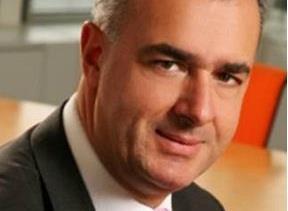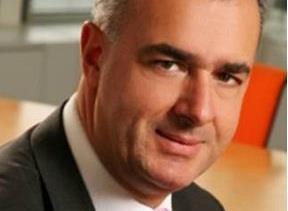Chartis UK’s managing director Nicolas Aubert talks about the insurer’s strategy

IT: What was behind the underwriting losses for Chartis UK?
NA: Financial, economic and insurance market conditions have remained challenging since the financial crisis in 2008, and the subsequent recession and European sovereign debt crisis have resulted in a rise in claims in some lines. As a major primary writer, we monitor for early signs of adverse trends.
Despite the claims trend, there has been no general hardening of rates. For this reason, we have become more disciplined in terms of our underwriting and risk selection, even if that means taking a position against the general market trend.
IT: What are the plans to fix/improve the underwriting figures?
NA: Over the past several years we have maintained an increased focus on risk selection and pricing that has resulted in a significant reduction in the underwriting loss (around 20%) in 2011. As a significant portion of our business is long tail – such as casualty and financial lines – we know that the efforts we have made, and continue to make, mean the improving results we have achieved will be replicated and compounded in future years.
IT: Is there a timeframe for reaching profitability?
NA: Following the implementation of strategies to strengthen the risk tolerance of our financial lines business, we have a strong performing and well diversified portfolio. The work we have undertaken on the general liabilities business has shown improvements in recent results.
We are also implementing a plan that includes a strict management of expenses and investments. We are well on our way to underlying profitability, we are clear on our risk appetite and where we can add value to customers, and we are well positioned to drive growth in many of our strategic business lines such as D&O [directors’ and officers’ liability], cyber, M&A, environmental, aviation and many others. We believe we are well prepared and positioned to take advantage as and when economic and market conditions improve.
IT: What are the specific issues around UK liability? / What’s going on with commercial motor?
NA: Chartis has long had a reputation for writing some of the toughest liability risks, especially in those market cycles when other insurers withdraw capacity. Our desire to write good quality primary casualty and motor business has not diminished but, after several years of reducing rates, it has become more difficult.
The result is that our primary casualty and motor books have reduced, but our aim is to grow it back in those areas where we feel that we can offer the best value to our customers and differentiate our services. For example, in the areas of multinational, off-shore employer’s liability, energy, international, excess casualty and non-conventional programmes.
In other sectors, the rates available on primary casualty business have been eroded to the extent that they are unsustainable. However, experience suggests that corrective action will be required by all insurers, leading to a general hardening of rates and/or reduced capacity, at which point we will be well positioned to expand our portfolio again.
In motor fleet we have seen a hardening of rates but have nevertheless decided to withdraw from a sector where we do not feel that we can compete or offer best value, for example bus and coach.
IT: If COR would have been four points better if it were not for investments, what are the investments and how will they reap dividends?
NA: We have invested in a number of key projects. These include:
- preparation for Solvency II;
- General Insurance Finance Transformation(GIFT), which will create a common financial platform across Chartis to support financial accounting and reporting and serve as a foundation to drive operational efficiencies;
- the restructuring of our European operations, improving the way we work by simplifying and aligning our regional structure to make us more effective in the markets in which we operate and more capital efficient.
IT: Is a hardening of the commercial market due – if not, when?
NA: Given the recent natural disasters and adverse development trends bubbling through on longer tail lines, we think so. We are seeing some rates stabilise and pockets of hardening in some higher risk segments. However, if the prolonged soft market conditions remain, we will continue corrective and pre-emptive actions across our long tail lines.
Hosted by comedian and actor Tom Allen, 34 Gold, 23 Silver and 22 Bronze awards were handed out across an amazing 34 categories recognising brilliance and innovation right across the breadth of UK general insurance.













































No comments yet